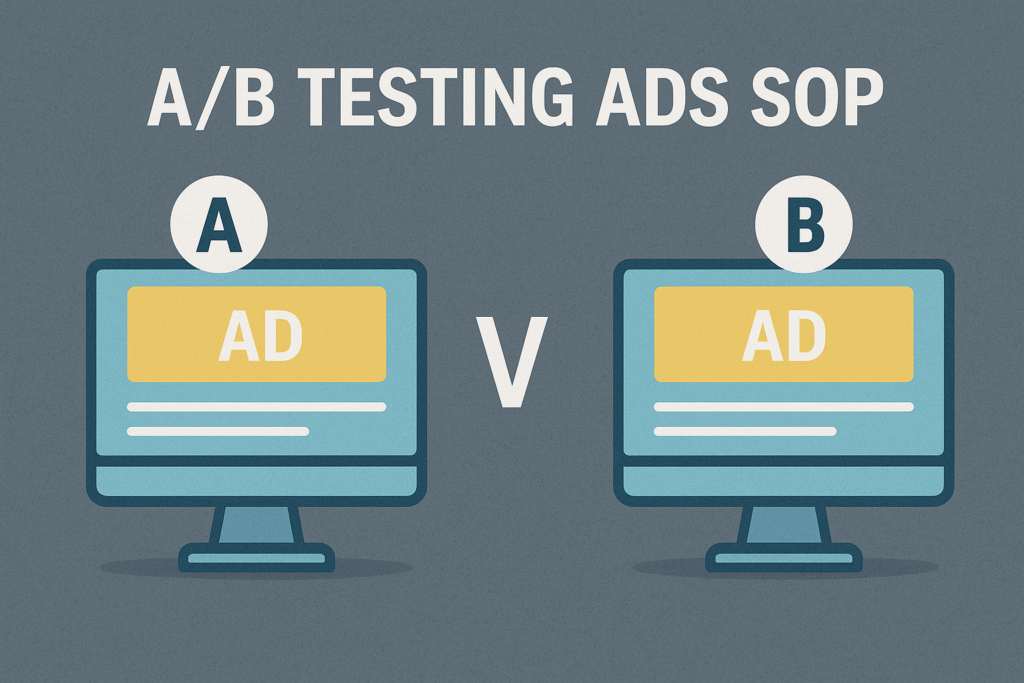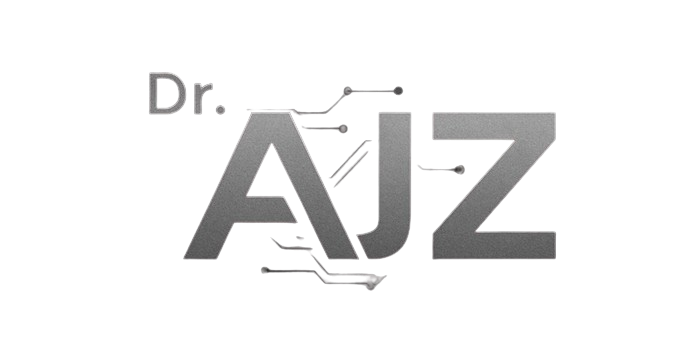A/B Testing Ads: My SOP for Faster Results

In the world of paid advertising, speed and accuracy in decision-making are everything. If you’re spending thousands each month on Google Ads, Facebook Ads, or LinkedIn Ads, the last thing you want is to wait months before figuring out which creative, headline, or targeting actually works. That’s why I rely on a precise A/B testing […]
